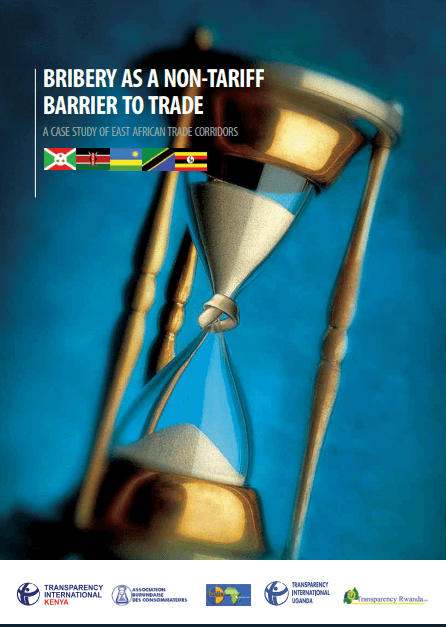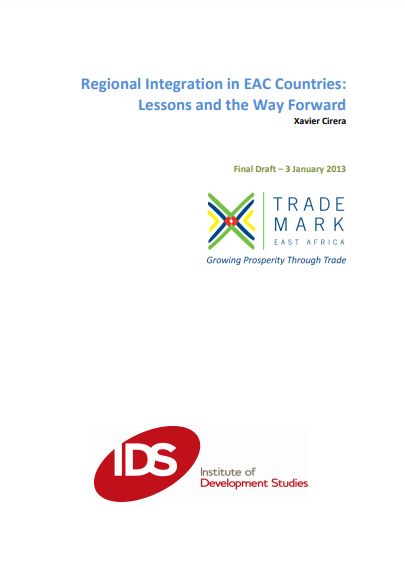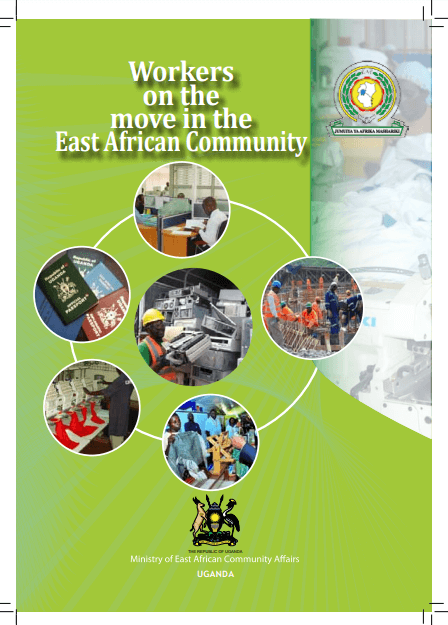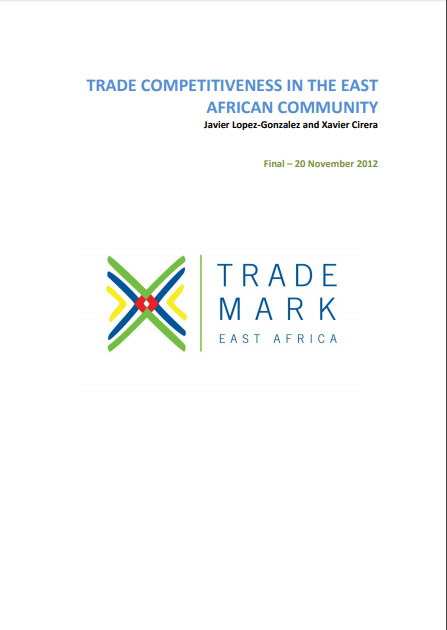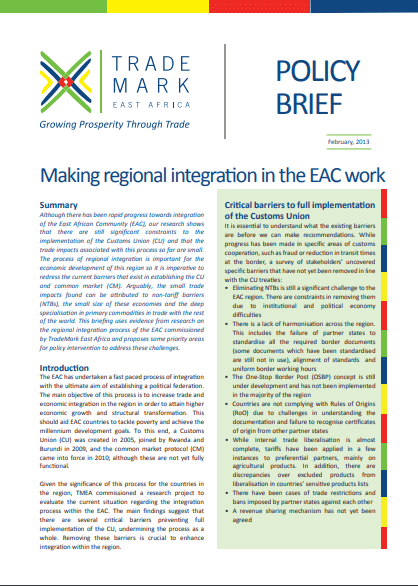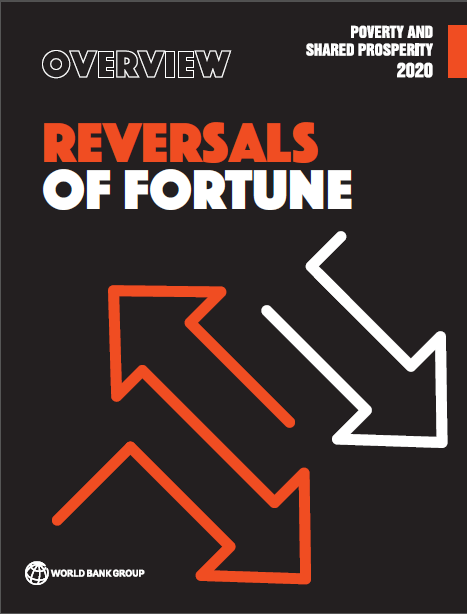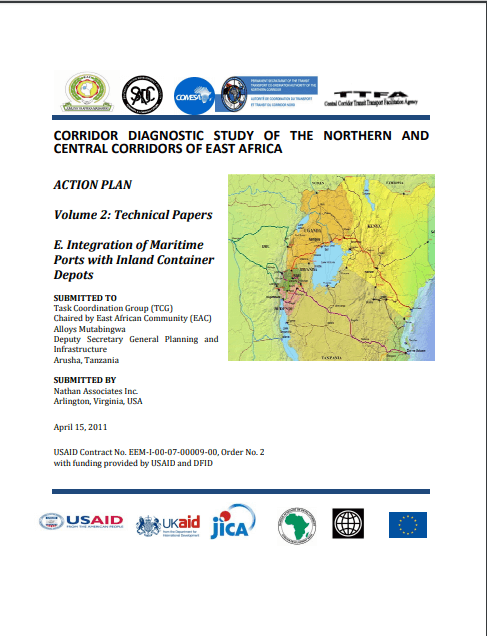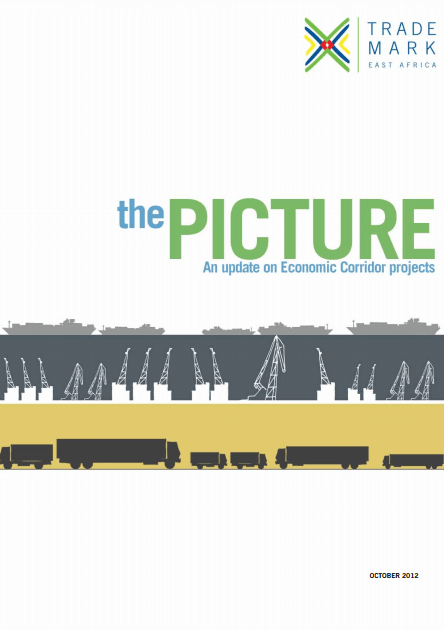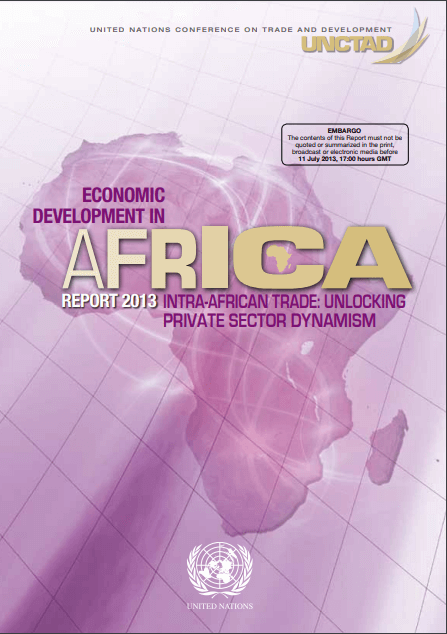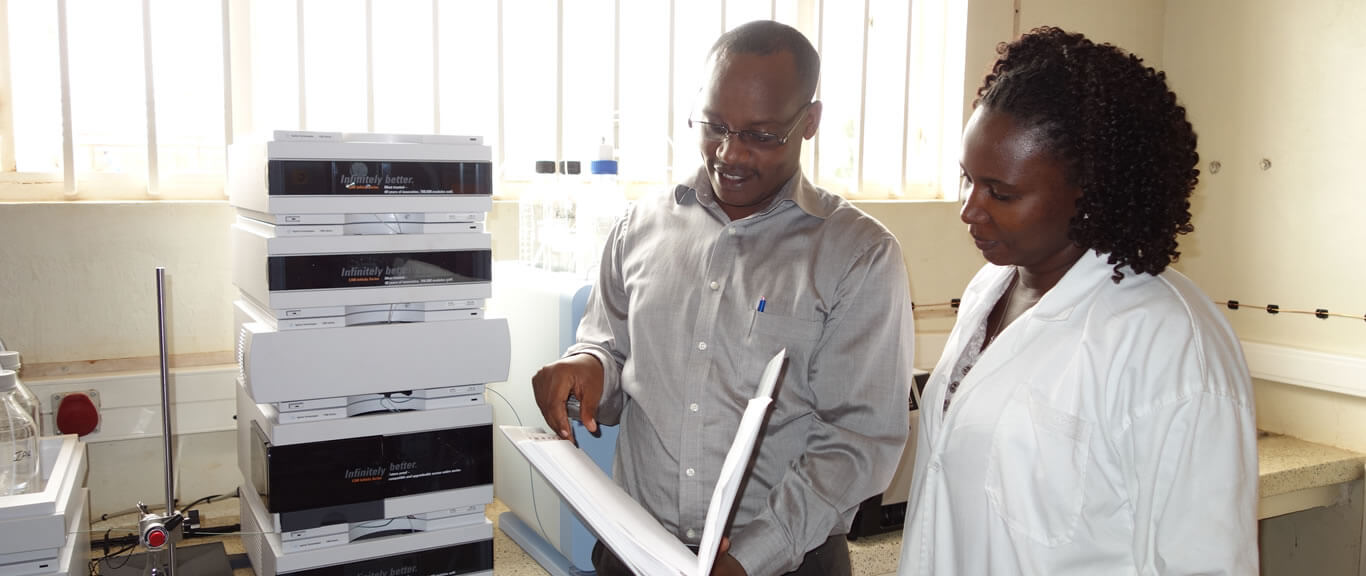[vc_row][vc_column][custom_inner_menus select_menu="project"][/vc_column][/vc_row][vc_row][vc_column][single_project_block_1 heading="Development of the Regional Technical Regulations Framework for Facilitating Cross Border Trade in Food and Cosmetic Products" implementor="East African Community (EAC) Secretariat" target_group="National Standards Bodies (NSBs), Sanitary and Phytosanitary (SPS) Competent Authorities, and affiliate regulatory authorities, manufacturers and cross border businesses." project_value="US$ 100,000" implementation_period="July 2018 – June 2022" download_btn_text="Download Project PDF" download_btn_link="https://www.trademarkafrica.com/download/63428/"]Development of the regional technical regulations framework for food and cosmetics is responding to challenges experienced by manufacturers/producers and cross border businesses in meeting conformity requirements and accessing their preferred markets in a timely and cost-effective manner. These challenges are caused by the requirements affecting product characteristics or their related conformity processes and production methods, including the applicable administrative provisions and costs, for which compliance is mandatory. Upon adoption, implementation of the framework will see reduced times and costs for compliance, resulting from multiple requirements across EAC Partner States. The framework will also promote cooperation among regional regulatory authorities as well as efficiencies in quality infrastructure investments and resource management. Progress: Following its approval and validation by the East African Standards Committee (EASC), the adopted regional technical regulations framework for facilitating cross border trade in food and cosmetic products documented major success with the development of harmonized criteria for registration, approval and verification of processed and pre-packaged foods, during a taskforce meeting held September 30 2020. Drafting of these criteria was supported by EU-EAC Market Access Upgrade Programme (MARKUP) with focus on registration, approval, and verification of processed and pre-packaged foods, which was submitted to the taskforce...

